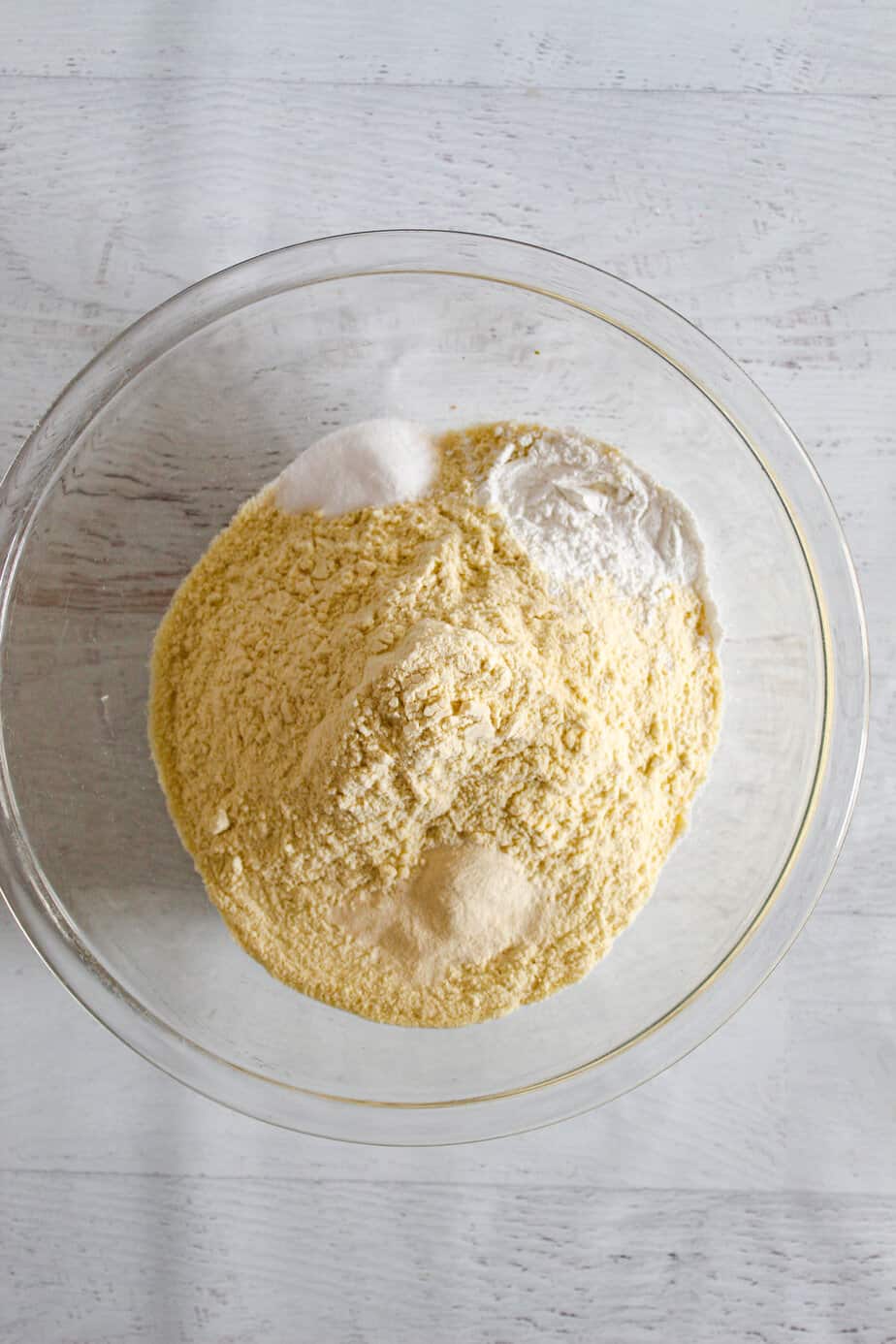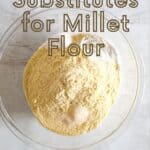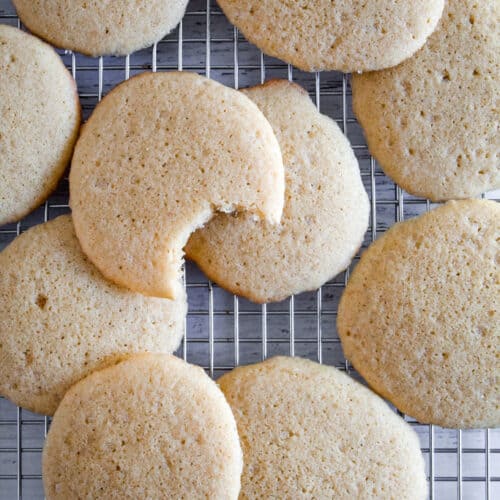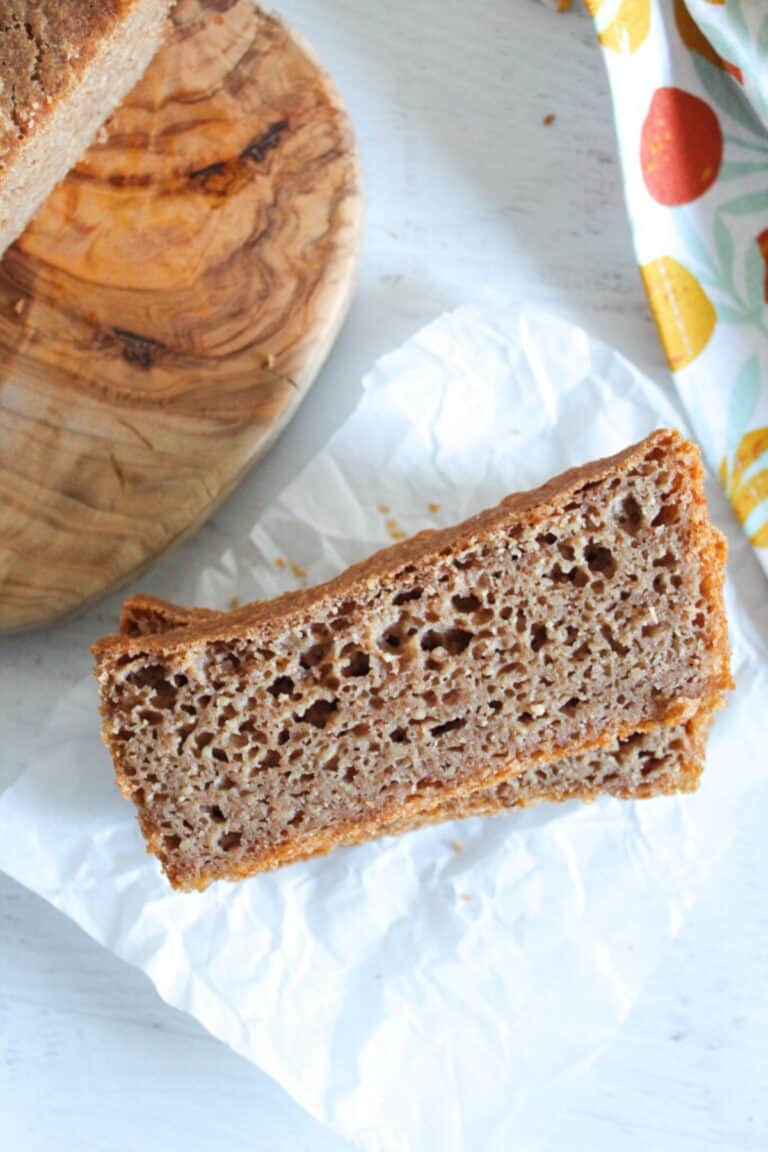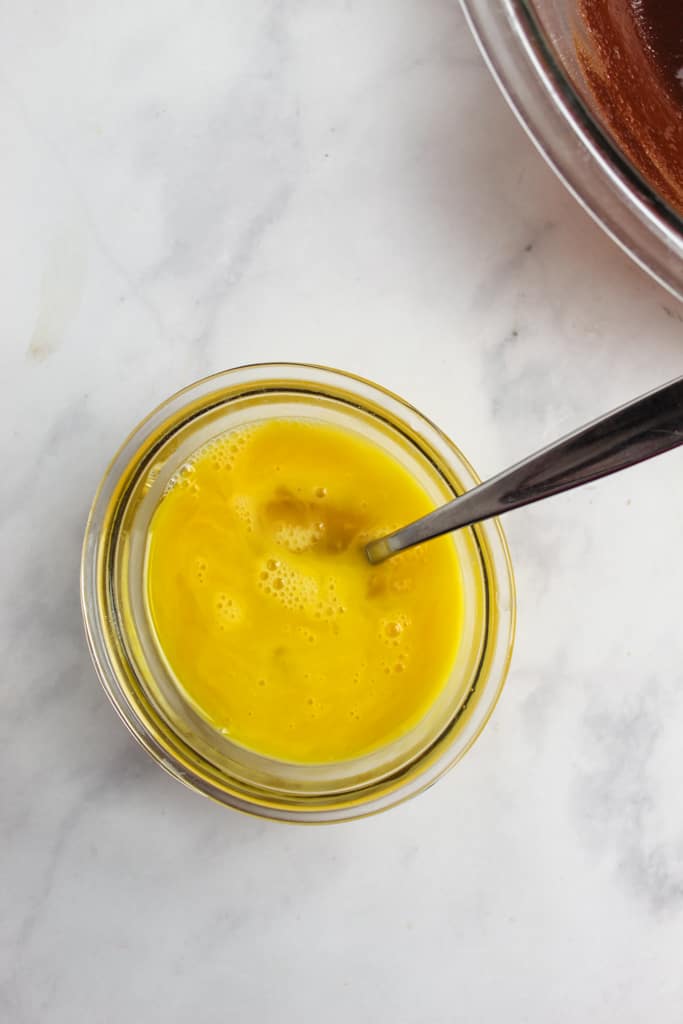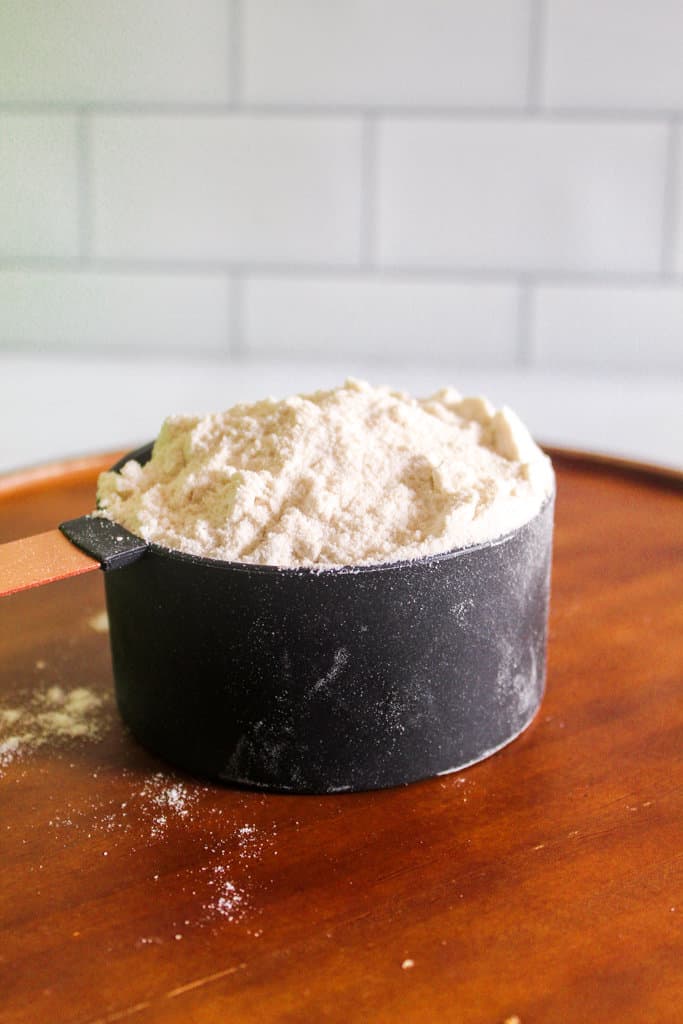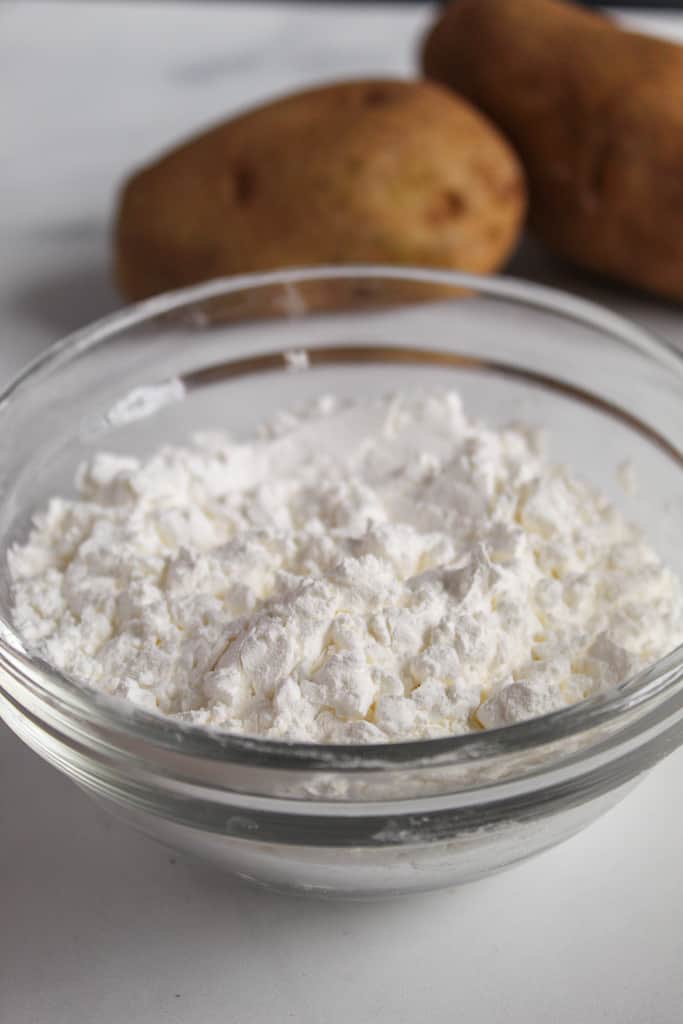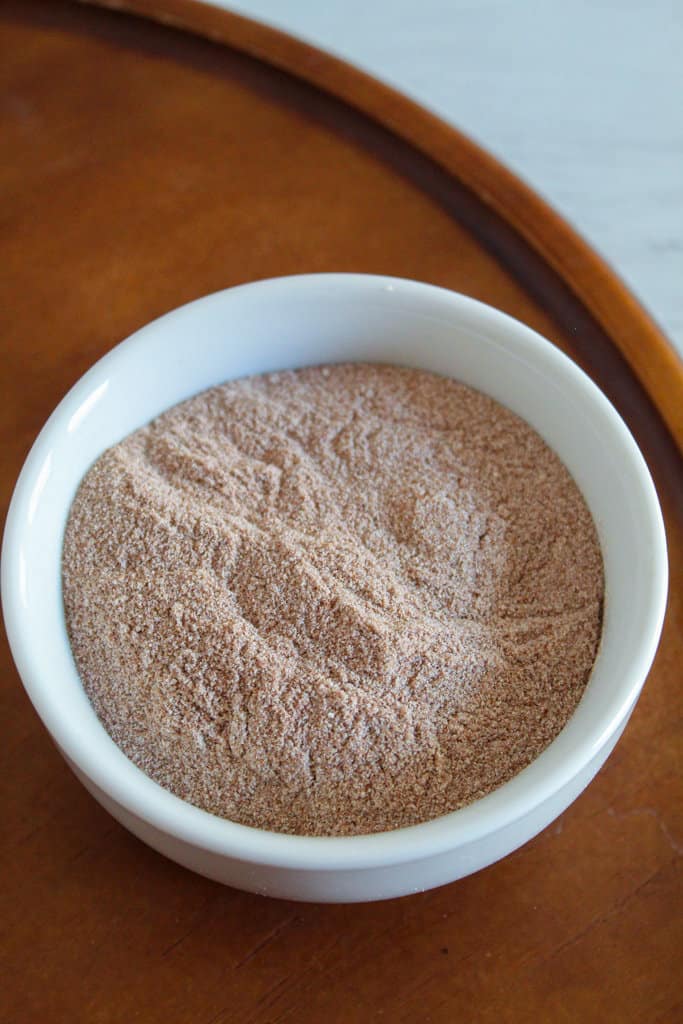The Top Substitutes for Millet Flour
If you have any experience baking with gluten free ingredients, you have probably encountered several recipes that call for millet flour. Although it’s a fairly common gluten free flour, it may not be one you keep in your pantry on a regular basis. That’s why I’ve put together a list of the best substitutes for millet flour to use in gluten free baking.
Looking for more gluten free flour help? Check out this flour substitution guide, these substitutes for xanthan gum and these gluten free thickening agents.
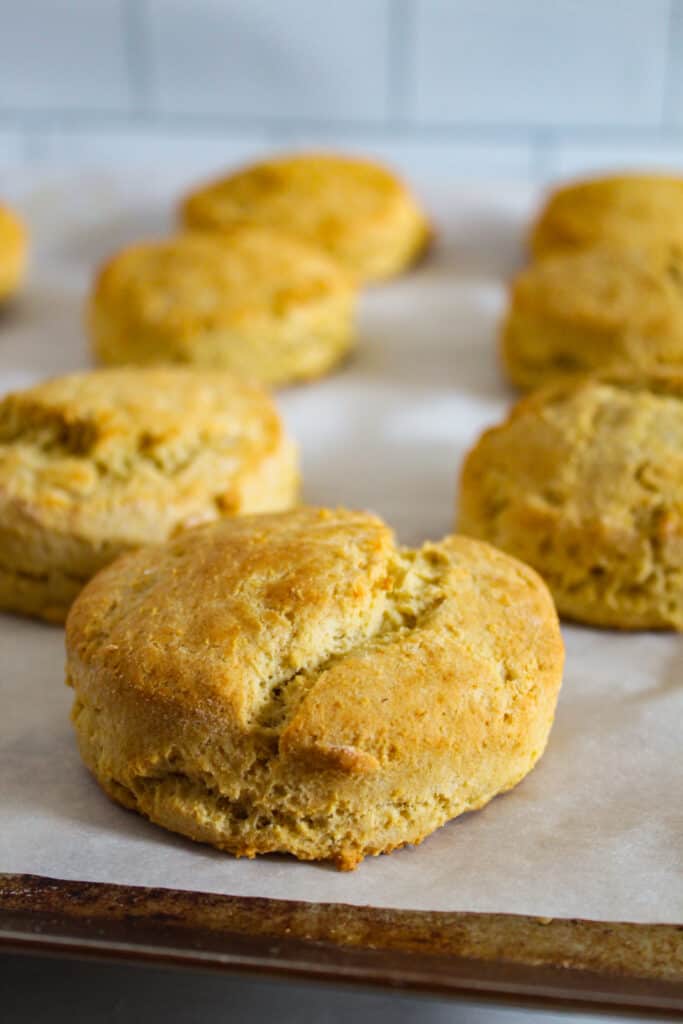
As an affiliate partner of various brands and sponsored content, Zest for Baking may earn commission on qualifying purchases. Disclaimer
Table of contents
What is millet flour?
To give you a brief history, millet is an ancient grain that’s been harvested for the last 10,000 years. It has been a long-time staple in African and Asian diets and is known as one of the five sacred grains grown in ancient China. Currently, millet is gaining popularity in other parts of the world as well as a nutritious, gluten free whole grain. Fun fact: It’s also commonly found in several varieties of bird seed. Like the wheat grain, millet comes from the grass family and has a similar texture and appearance to wheat. However, the texture of cooked millet is more comparable to that of white rice.
Millet flour is made when millet grains are ground into a fine, light powder. It’s tan in color and, unlike some whole grain flours, has a very soft texture. Millet flour is also a great source of numerous vitamins and minerals. It is high in protein, essential amino acids, and dietary fiber. Additionally, millet contains significant amounts of manganese, phosphorus, and magnesium. Another benefit of millet is that it is much less acidic than many other grains. As a result, it’s easy to digest and helps balance the body's acidity.
Uses
Millet flour has a light, subtle flavor, making it an ideal choice for both sweet and savory recipes, like these cookies and these millet biscuits. It contributes a delicate cake-like crumb to baked goods as well as a warm, creamy color. Some recipes may call for solely millet flour while other recipes, like this millet yeast bread, may use it in combination with other gluten free flours. You will often find millet flour used in breads, muffins, cookies, cakes, and more. In addition to its use in baked goods, millet can be cooked as a grain and incorporated into other dishes like salads or soups.
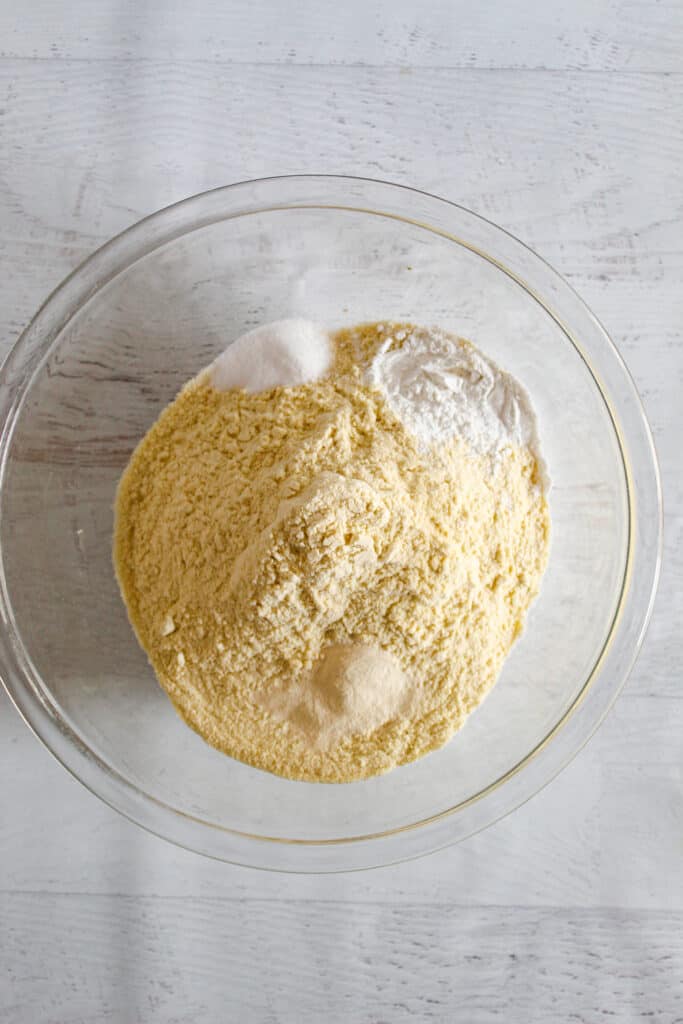
Using flour substitutes
Fiber and protein content are the two key factors to consider when determining the best substitutes for millet flour. Choosing flours with comparable amounts of protein and fiber will yield the most similar result in baking. The following gluten free flours are the best substitutes for millet flour in baking. Because it can be hard to duplicate the unique characteristics of millet flour, some substitutes cannot always be used as a replacement in equal amounts. They may need to be used in combination with millet flour to achieve the best results.
1:1 substitutes
These millet flour substitutes can be used in equal amounts to replace millet flour in your recipe.
1. Sorghum flour
Sorghum flour makes a great substitute for millet flour because of its mild, sweet flavor and smooth texture. It is an excellent option for various baked goods such as cookies, cakes, muffins, pancakes, and breads. Like millet, sorghum is also a naturally gluten free whole grain that has a lot of versatility. Keep in mind that additional binders such as eggs or xanthan gum may be necessary when baking with sorghum flour to avoid a dry, crumbly texture in baked goods.
Where is the best price and quality for sorghum flour? I recommend here.
2. Buckwheat flour
Buckwheat flour can be used to replace millet flour in gluten free baked goods. It is milled from the seeds of the buckwheat plant and is often used in both sweet and savory recipes, like these buckwheat muffins or this savory buckwheat bread. Buckwheat flour has a prominent earthy, nutty flavor with a unique bitterness. It can add great flavor and provide moisture and tenderness to your baked goods, like in this banana bread. Buckwheat is a pseudo-grain, meaning that it resembles a grain and performs like one in baking. It is naturally gluten free and is considered to be a whole grain, despite its classification as pseudo-grain.
Where is the best price and quality for buckwheat flour? I purchase most of my flours and starches here.
3. Teff flour
Another really good replacement for millet flour is teff flour. It’s a naturally gluten free and 100% whole grain flour that’s used in both sweet and savory baked goods. Teff flour has a malty and mildly nutty flavor that pairs well with deep, rich flavors including chocolate, nuts, caramel, and coffee. It’s also known for its high nutrient content. Because it contains more of the bran and germ than other flours, teff flour is high in fiber and protein as well as various other vitamins and minerals.
These teff flour pancakes are an excellent example of teff flour in action.
Where is the best price and quality on teff flour? Teff flour is a more expensive option, but I recommend here.
4. Amaranth flour
Whole grain amaranth flour is another great alternative to millet flour. Amaranth is an ancient grain that is high in iron, essential amino acids, and dietary fiber. Like buckwheat, amaranth is classified as a pseudo-grain. The grain is milled into a powder that has a fine consistency and mildly sweet nutty flavor. Both make it a great flour for gluten free baking. Amaranth flour is naturally gluten free and can be used on its own or as part of a flour blend. Note that amaranth flour is a very absorbent flour. To prevent your baked goods from being too dense, you may need to use additional leavening agents in your recipe.
Where is the best price and quality for amaranth flour? I recommend purchasing it here.
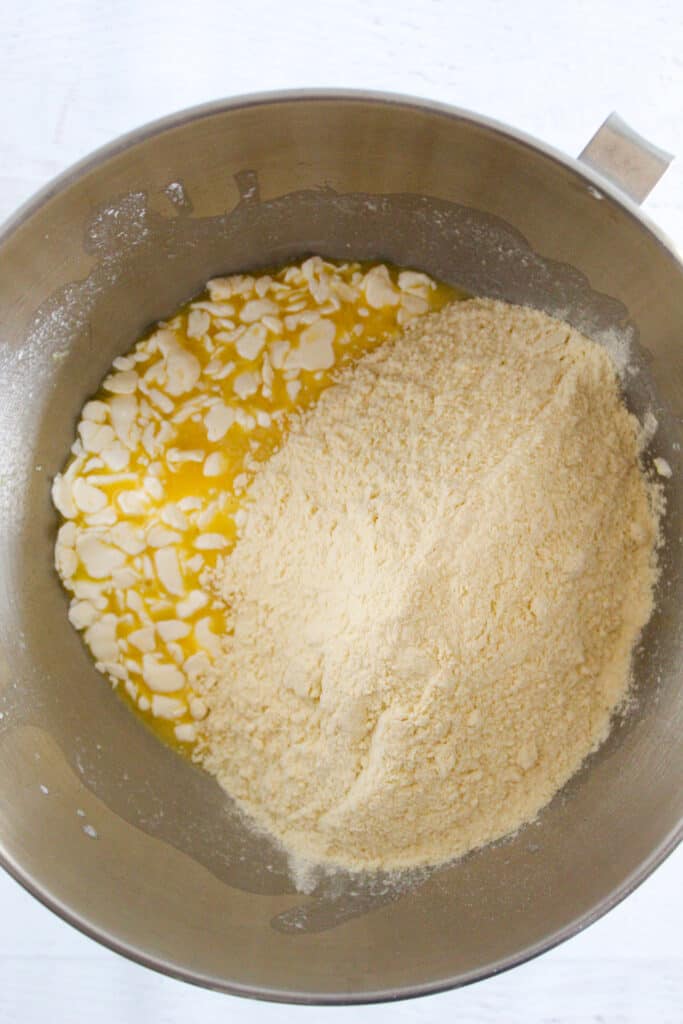
Other substitutes
These substitutes for millet flour may not be used as a direct replacement. For best results, I recommended using them in combination with millet flour. Substitute them in a ⅔ to ⅓ ratio to test the recipe they're being substituted in. For example, replace 1 cup of millet flour with ⅔ cup of oat flour and ⅓ of millet flour.
1. Oat flour
Whole grain oat flour is a great secondary substitute for millet flour. It lends a warm, nutty flavor and soft and fluffy texture to baked goods. Like millet flour, it works very well in baked goods such as cakes, muffins, cookies, and other breads. Oat flour is also a good substitute option because it’s easy to find in most grocery stores. It’s also extremely simple to make at home using a high-speed blender or food processor.
Where is the best price and quality for oat flour? I recommend here!
2. Brown rice flour
Brown rice flour is another replacement for millet flour. It closely resembles the flavor and texture of whole wheat flour, but it’s gluten free! It’s made from whole grain brown rice and lends a rich nutty flavor to baked goods. It is commonly used in gluten free pancakes, muffins, and breads. It can be used in a variety of sweet and savory recipes.
Where is the best price and quality for brown rice flour? I purchase my rice flours here.
3. Quinoa flour
Another substitute for millet flour is quinoa flour. Made from naturally gluten free and whole grain quinoa, it provides a significant amount of nutrients to baked goods. Not only is it a good source of iron, but it also provides a lot of high-quality protein. Quinoa flour yields a tender crumb and a mild, nutty, earthy flavor to baked goods. It has a mild flavor that makes it versatile in gluten free baking and cooking.
Where is the best price and quality for quinoa flour? Quinoa is one of the more expensive options, but I recommend purchasing it here.
FAQ's
Yes. There are several types of millet grown in areas all around the world. Some common varieties of millet include pearl, finger, kodo, foxtail, and proso. The only type of millet grown as a grain crop in the United States is proso millet.
Millet flour is a nutrient-rich, whole grain flour that is gluten free and nut free. It is a good source of protein, dietary fiber, and essential amino acids. Millet also contains a significant amount of manganese, phosphorus, and magnesium. Additionally, the alkaline properties of millet make it easy to digest and help balance acidity in the body.
Yes! You can make homemade millet flour by grinding whole millet in a food processor or high speed blender. Grind it until the consistency is that of a fine powder, this process could take up to 10 minutes. Once it’s fully ground, it's ready to use immediately.

